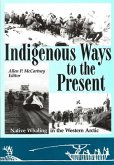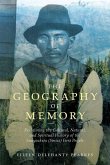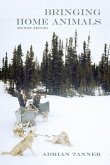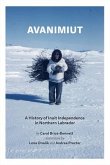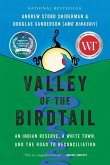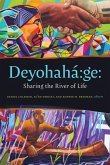Knowing Places: The Inuinnait, Landscapes, and the Environment deals with the geographic knowledge of Inuit of the central Canadian Arctic, and explores the importance of the land in the construction of identity. Inuinnait geographic knowledge is organized around three central concepts: relativity, connectivity, and subjectivity, that also organize the social structure, and the Inuinnaqtun language. It is a knowledge in action, best described as a holistic 'wisdom of the land.' It involves a mix of practical skills such as orientation and meteorology, and of oral tradition: stories and place names told and remembered. Learning is accomplished through observation and experience, and by careful attention to numerous stories. Place names describe features as seen and understood by specific people, in specific contexts and experiences related to life and travels on the land. Along with the stories of Inuit epics and family tales, they transform the wide expanses of the physical landscapes into 'memoryscapes, ' inhabited by human beings, animals, and spirits of all kinds. The book is organized into five chapters and two appendixes. An introduction is followed by a 'vignette' which depicts daily life in the early 1990s. Chapter One gives a historical overview of Inuinnait social structure and seasonal movements throughout the 20th century. The second chapter identifies the various elements that comprise Inuinnait geographic knowledge. Chapter Three is dedicated to the interpretation of the 1,007 Inuinnait place names collected by the author in the early 1990s. Chapter Four describes the framework that organizes the Inuinnait geographic knowledge system and its dynamic. An Epilogue provides insights into the outcome of the research. Two appendixes complete the book: a lexicon of place-names and their English translation, and a detailed presentation of the scientific context and research methodology. The analysis also relies on twenty six original maps and diagrams
Hinweis: Dieser Artikel kann nur an eine deutsche Lieferadresse ausgeliefert werden.
Hinweis: Dieser Artikel kann nur an eine deutsche Lieferadresse ausgeliefert werden.


